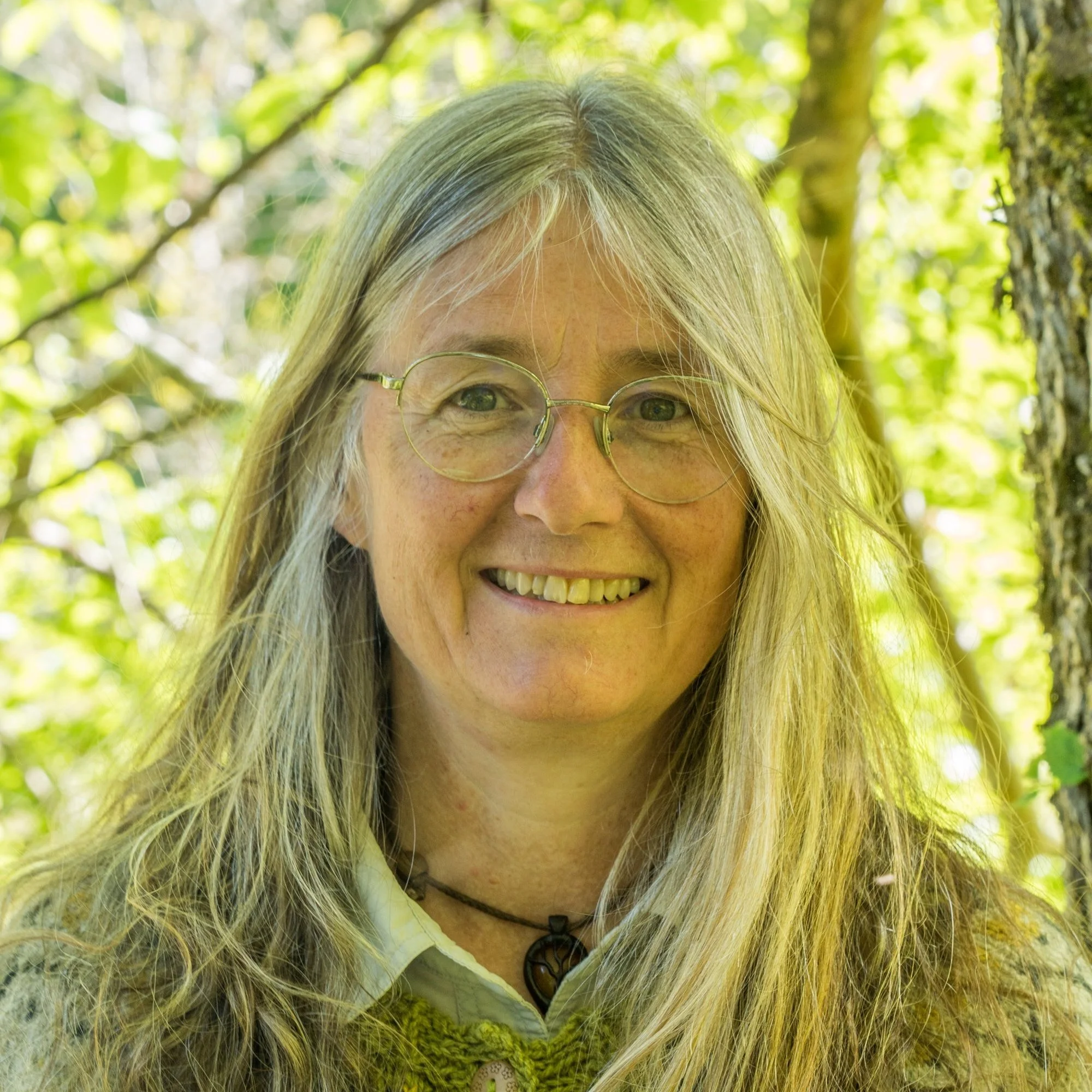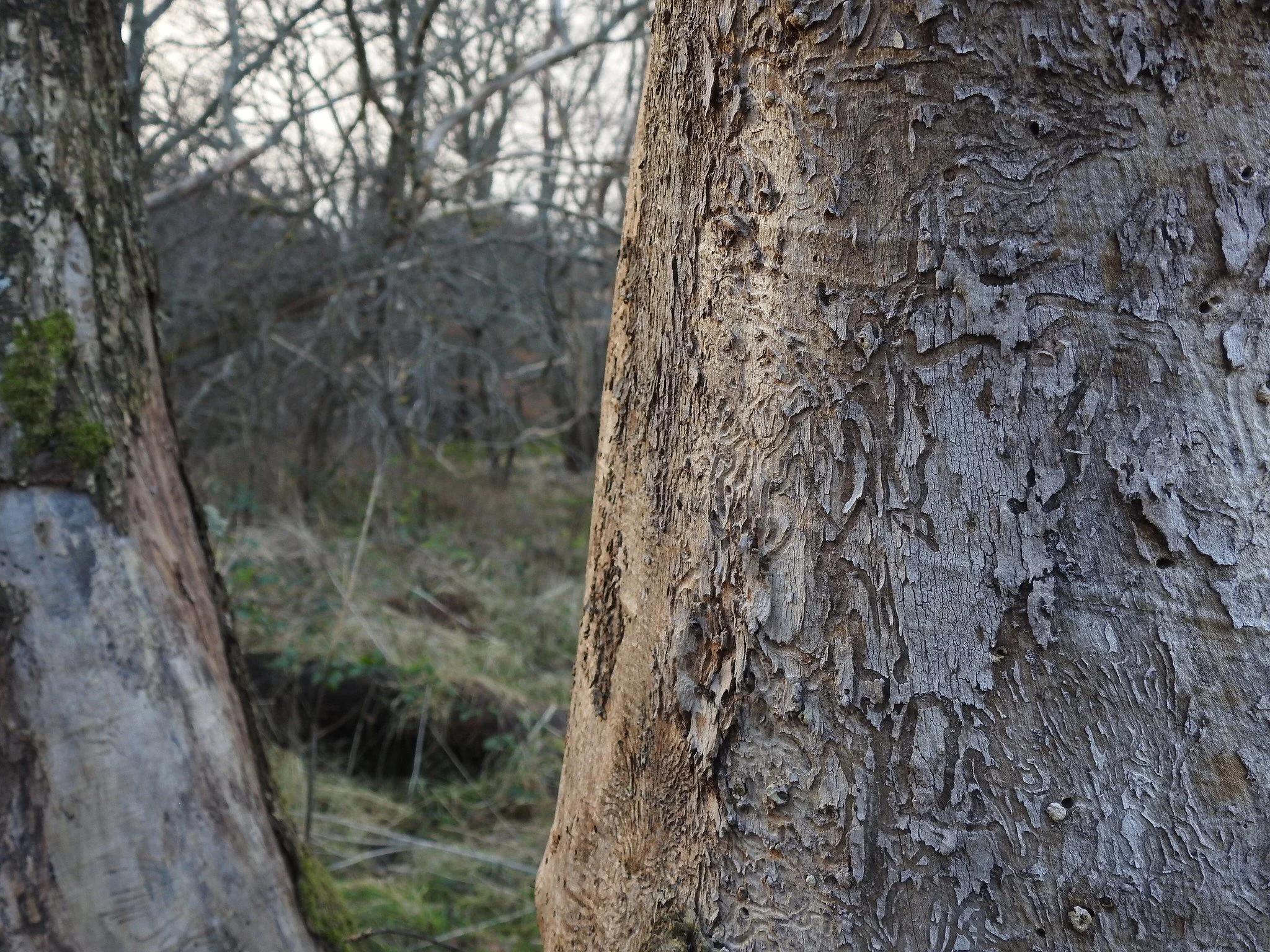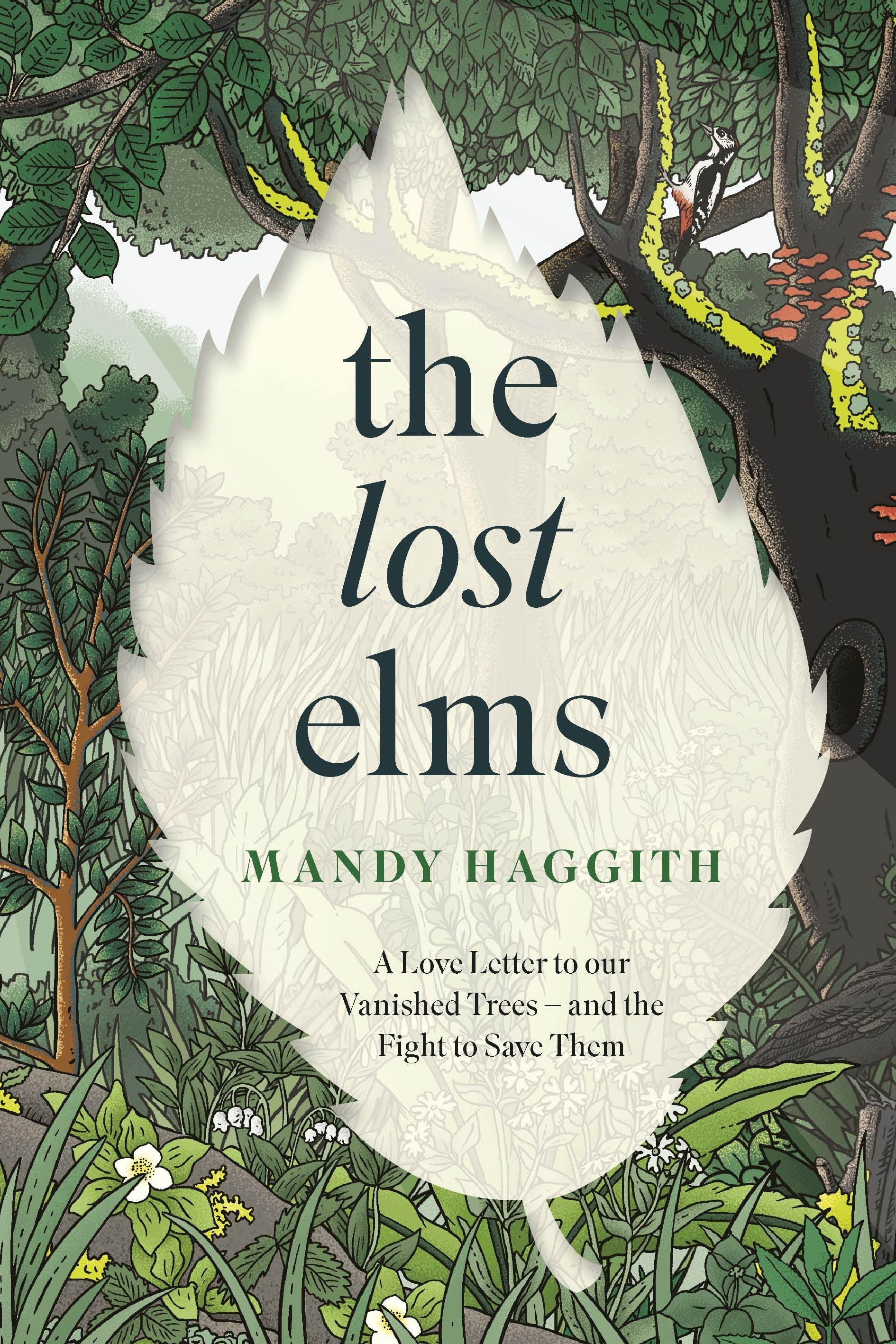Lost elms in the lost rainforest
Few young people have seen a mature elm tree, yet they once covered great swathes of Europe and North America. Dutch elm disease has now killed hundreds of millions of trees globally and over 25 million in the UK alone, altering our landscapes forever. Yet in Scotland’s rainforest, there is a glimmer of hope. Mandy Haggith explains.
Guy Shrubsole’s book The Lost Rainforests of Britain did a brilliant job of highlighting the value and magic of our western wet-woods, but that book has a crucial element missing from it: elm. Apart from one reference to Dutch elm disease, Shrubsole does not mention elms, presumably because so many have been lost in the southern areas where the book is focused.
But if you come north to the rain-soaked land where I live, Assynt, and delve into one of our soggy glens, with its river torrenting through the bottom and huge epiphyte-festooned trees straddling out from ferny, mossy, craggy ravine-sides, it’s not hard at all to see that elm is a key rainforest species.
One of our weirder rivers is the Traligill, which spends some of its time above ground and some of it down below, carving out the famous limestone cave systems at Inchnadamph. Its valley is home to some of our most magnificent wych elms, which appreciate the less acidic soil conditions that result from the underlying limestone rock.
One of my favourite elms grows in a stretch of the river that is often subterranean. Between the disappearance of the river and its re-emergence is like a desert river valley, clearly carved by water, with rounded stones in the bottom and steep sides, but no water running. Yet here a huge elm thrives, with a magnificent trunk festooned with mosses, lichens, polypody ferns and fungi, a rich tapestry of rainforest life. Uniquely, it grows horizontally out of the rock, many metres up the sheer wall of the ravine, a completely implausible place for a tree to grow, hanging in perfect defiance of the laws of physics.
It’s worth seeing it in winter, when you can look up into the lush green profusion of its living community. All this greenery isn’t the tree’s own leaves, but photosynthesising life using it as a climbing frame. Paradoxically, in this dry river valley, everything about its grand gathering of epiphytes declares it to be a rainforest tree. It is a perfect symbol of survival against the odds.
Surviving against the odds is one of elm’s special abilities. For the past hundred years, elms have been ravaged by Dutch elm disease, a fungus Ophiostoma novo-ulmi, which is spread by several species of beetles, most frequently in Scotland Scolytus scolytus, the so-called large elm bark beetle, which is actually only about half a centimetre long, a shiny little creature with cherry-brown wing-cases, a polished black thorax and furry head.
The beetle likes warm weather (a few days sustained at about 20˚C) to fly. Here in the northwest, we are as yet free of the disease – our cool wet rainforest climate is not warm enough for the beetles, though global warming is bringing the disease-threatening isotherm closer every year.
When the disease reached Beauly in 2022, and killed Europe’s oldest elm (the 800-year old ‘Guardian of the Gateway’ at Beauly Priory) I was asked to write an elegy for it. One thing led to another and I found myself writing a book about elms, The Lost Elms, which has just been published by Wildfire.
I was brought up next to an elm wood in Northumberland, and watched all those lovely trees die during my childhood and, while writing the book, I could not just stand by and wait for the disease to arrive in Assynt without doing anything. So the Assynt Elm Project was born, a community effort to enjoy our elms while we have them and give them the best possible chance of surviving into the future.
Dutch elm disease kills almost every tree it infects, unless it is spotted early and radical tree surgery is performed to remove affected limbs. But around 1% survive and there are efforts to breed from them. Here in Assynt we’ve been planting lots of elms, including some ‘potentially resilient’ offspring of these survivors, with the aim of ensuring as wide a genetic diversity as possible in our landscape. Sometimes trees thought lost to the disease will re-sprout from the roots, and as only mature adults appeal to the beetles, young elms can reach reproductive age before succumbing.
So elms are still out there in the landscape even where the disease has apparently wiped them all out, and in the neolithic period, there was a previous drastic decline of elms, from which they recovered. So there is hope for elms throughout the country, if we think at a landscape level and over the long term.
Meanwhile, here in Assynt, we are doing all we can celebrate the splendid, mature, epiphyte-festooned elms that grace our rainforest fragments.
Mandy Haggith’s book, The Lost Elms, is available from all good bookshops or signed copies direct from the author here: https://www.mandyhaggith.net/shop/non-fiction/the-lost-elms





